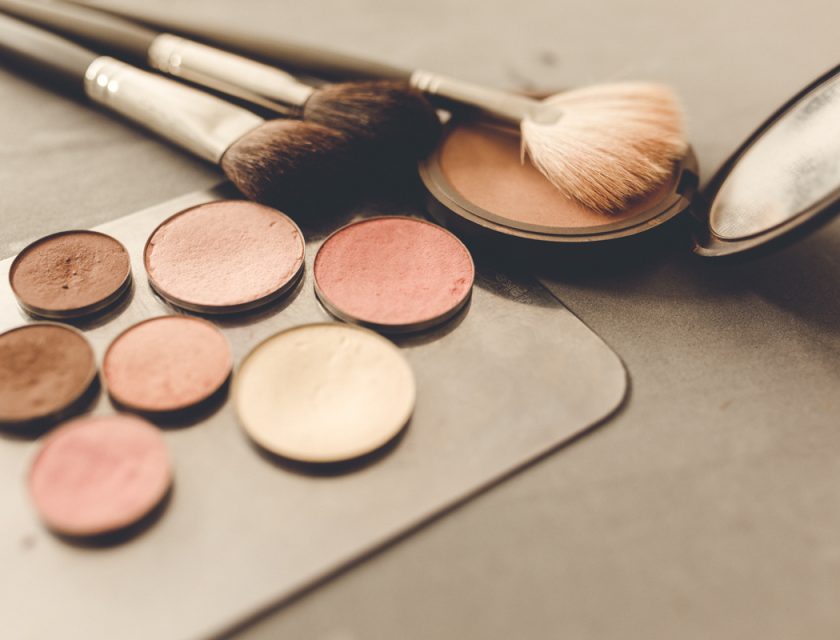The quickest way to feel romantic and sweet is to apply blush on the cheeks. Rosy cheeks are associated with health and youthful spirit.
- Mara Čuljak, Beauty Consultant
BLUSH
There are a number of physiological and psychological reasons why the face is blushing, for example, after intense exercise cheeks turn red and in the case of emotional sensitivity, or in response to stimuli from the environment, like laughter or thrill, faces take on a healthy pink color. Due to greater blood flow in childhood and youth, cheeks are almost always blushing to some degree, therefore as such they are associated with youth, health and beauty, and it is the purpose of blushes as cosmetic products to achieve this effect.
The tradition of applying color to the face, which imitates the natural color of the cheeks is centuries old. Through some historical periods cheek make-up was required and often the only make-up. Ancient societies used make-up colors that were made of the sediment of wine, red fruits and vegetables and the like, while the Egyptians found records on the use of powder obtained from various insects and minced colored minerals. In Middle Ages completely white face was fashionable, until Italian Countess Catherine Sforza entered the scene, who in the 15th century wrote the first manual for beauty of its kind in history, interestingly titled “Experiments” in which she lists recipes for making cosmetics, among others the recipe for a blush that was made by blending red sandalwood and ethanol, and according to her instructions, it was supposed to endure on the face up to seven days.
In 17th century Italy’s Giulia Tofana also made a product called “Aqua Tofana”, an emulsion for blushed cheeks, but the product was actually an insidious poison which women used in unhappy and forced marriage arrangements to get rid of unloved husbands. According to some sources, it is estimated that the fatal blush killed more than 700 men, unconsciously inhaling it while they were close to their wives.
At the end of the 19th century in parallel with growing industrial revolution, commercial production of makeup was developed, products are placed on the market and available to the masses.
Nowadays a complete make-up requires blush as an essential element which is rounds and connects a complete look, and provides much-needed freshness and radiance to the face, and also acts as a corrective if skillfully positioned. We have a few basic types of blush, depending on the texture, consistency and method of application: Compact Blush, Creme Blush and Powder Blush.
Compact Blush, the favorite and most common choice of most women, besides they are relatively easy to apply, because of its compact consistency it is hard to go wrong with it and it is easy to carry it in a purse, and is therefore considered to be the most practical choice for everyday use. It is suitable for normal to oily skin, it is applied with a medium-sized rounded brush or with a precise brush that has a slanted cut. It is desirable that the brush is made of natural materials to create a nice and more even application.
Creme Blush is the preferred choice for some women an has an advantage over all the others, because it is easy to absorb and provides a pronouncedly fresh, brilliant and youthful face. Often is used for a completely natural look, but is not suitable for oily skin, and in this case it is not recommended. This type of blush is applied with a base brush, which usually has a flat shape and allows precise application, or with a rounded cut thick brush that gives a light and translucent effect, but also perfectly controls the amount of product on the face. It is important to note that we should not go overboard with the amount of cream blush because it can disrupt the entire make-up.
Powder Blush usually consists of almost one hundred percent mineral pigments, mainly is used for finishing touches or shine if it contains shimmering particles. Also it can be used independently in cases where we want a completely translucent look, but still we want to add color to the cheeks. This blush is applied with soft rounded brush made of natural hair, so that the application looks smooth and uniform on the skin.
Related


